Embarking on dietary journeys like keto or the GAPS diet often brings a transformative shift in what fuels your body, but it also invites new questions about how to maintain an active lifestyle. Staying vibrant and energized while adhering to these specialized eating plans can feel like navigating uncharted territory—where the rules of traditional fitness routines might not always apply. This article explores practical strategies and mindful approaches to staying active on keto or GAPS, ensuring that your movement complements your nutrition, supports your well-being, and keeps you thriving every step of the way.
Table of Contents
- Understanding the Unique Energy Dynamics of Keto and GAPS Diets
- Balancing Electrolytes and Hydration for Optimal Activity
- Designing Low-Impact Workouts That Support Fat Adaptation
- Incorporating Restorative Practices to Enhance Recovery
- Tailoring Nutrition Timing to Fuel Your Fitness Goals
- Q&A
- Future Outlook

Understanding the Unique Energy Dynamics of Keto and GAPS Diets
Both the Keto and GAPS diets shift the body’s primary fuel source away from carbohydrates, but the way they handle energy dynamics is uniquely tailored to their specific goals. Keto relies heavily on ketones produced from fat breakdown, creating a steady, long-lasting energy supply ideal for endurance and metabolic efficiency. This mechanism encourages the body to burn fat as fuel, helping with sustained physical activity without the typical peaks and crashes of high-carb diets. Conversely, GAPS focuses on healing the gut and often incorporates a more varied mix of fats and proteins, sometimes alongside small amounts of easily digestible carbohydrates, which can create a more nuanced energy pattern that supports gradual recovery and balanced activity throughout the day.
The differences in energy utilization also reflect in how you might plan your workouts or active routines on these diets. Consider this table summarizing key distinctions:
| Aspect | Keto Energy Source | GAPS Energy Source |
|---|---|---|
| Primary Fuel | Ketones from fat | Mix of fats, proteins, some carbs |
| Energy Availability | Steady, prolonged | Moderate, variable |
| Best For | Endurance, fat adaptation | Gut healing, gradual recovery |
- Keto-friendly activities: Low to moderate intensity, longer duration
- GAPS-focused activities: Gentle, restorative movements to support digestion and healing
Understanding these subtle yet distinct energy dynamics helps you stay active in a way that complements your body’s evolving needs while on either nutritional journey.

Balancing Electrolytes and Hydration for Optimal Activity
Achieving the perfect harmony between electrolytes and hydration is crucial for maintaining energy and preventing fatigue, especially when following ketogenic or GAPS protocols. These diets often involve reduced carbohydrate intake, which can lead to a natural drop in insulin levels and cause your kidneys to excrete more sodium and fluids. This loss can result in an imbalance of electrolytes like sodium, potassium, and magnesium, which are vital for muscle function and overall vitality. To keep your body running at its best, intentional replenishment of these minerals is essential.
Incorporate these strategies to sustain optimal electrolyte levels:
- Drink mineral-rich fluids such as bone broth and herbal teas infused with a pinch of sea salt.
- Eat nutrient-dense foods like leafy greens, avocados, nuts, and seeds which naturally boost potassium and magnesium intake.
- Monitor hydration by sipping water consistently throughout the day, rather than consuming large amounts at once.
| Electrolyte | Recommended Sources | Role in Activity |
|---|---|---|
| Sodium | Sea salt, bone broth | Maintains fluid balance, prevents cramps |
| Potassium | Avocados, spinach | Supports muscle contractions |
| Magnesium | Almonds, pumpkin seeds | Reduces muscle fatigue and spasms |

Designing Low-Impact Workouts That Support Fat Adaptation
Embracing fat adaptation means giving your body the opportunity to efficiently burn fat as its primary fuel source. To complement this metabolic shift, it’s essential to choose workouts that are purposeful yet gentle, promoting endurance without excessive strain. Low-impact exercises foster consistency and help avoid inflammation, which can derail progress on diets like keto or GAPS. Activities such as brisk walking, swimming, yoga, and Pilates allow your muscles to engage fully while maintaining cardiovascular health—without pushing your body into stress-induced glucose burning.
When crafting your routine, focus on movements that support your body’s natural rhythm and conserve energy reserves. Consider the following key elements to enhance fat adaptation effectively:
- Steady, moderate effort: Keep your heart rate in the fat-burning zone (roughly 60-70% of max) to maximize lipid utilization.
- Consistency over intensity: Aim for daily or near-daily activity rather than sporadic high-intensity sessions.
- Functional mobility work: Incorporate stretches and core stability to maintain joint health and prevent injury.
- Recovery awareness: Listen to your body and rest when needed to avoid adrenal fatigue or burnout.
| Exercise Type | Typical Duration | Fat Adaptation Benefit |
|---|---|---|
| Brisk Walking | 30-60 minutes | Improves fat oxidation, easy on joints |
| Swimming | 20-40 minutes | Full-body low-impact cardio |
| Yoga | 30-45 minutes | Enhances flexibility and stress management |
| Pilates | 30-50 minutes | Builds core strength, supports posture |
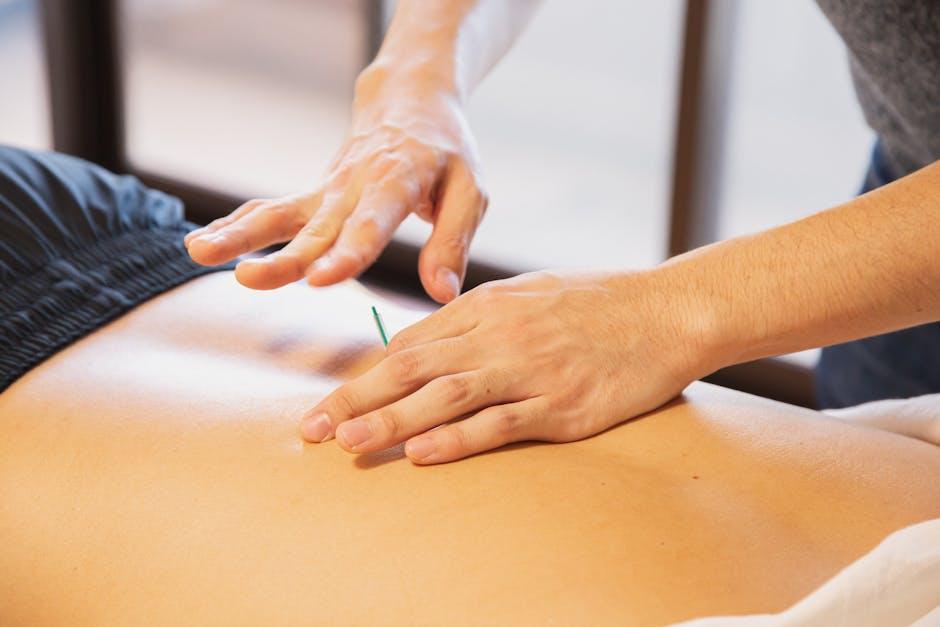
Incorporating Restorative Practices to Enhance Recovery
Balancing an active lifestyle with the demands of ketogenic or GAPS dietary protocols requires intentional recovery strategies that support both metabolic shifts and physical well-being. Integrating restorative practices such as gentle yoga, mindful breathing, and quality sleep can significantly enhance your body’s ability to repair and adapt without compromising your dietary goals. These methods activate the parasympathetic nervous system, promoting relaxation and improving digestion – key aspects that often need extra attention when transitioning or maintaining specialized diets.
Consider incorporating the following restorative elements into your routine for optimized recovery:
- Deep stretching sessions to increase flexibility and reduce muscle tension.
- Meditation or guided relaxation to lower stress hormones that may hamper fat metabolism.
- Consistent sleep hygiene practices to enhance hormonal balance and tissue regeneration.
- Hydration with mineral-rich fluids to replenish electrolytes lost during increased ketone excretion or detoxification phases.
| Restorative Practice | Primary Benefit | Ideal Frequency |
|---|---|---|
| Gentle Yoga | Improves circulation and reduces stiffness | 3-4 times/week |
| Mindful Breathing | Reduces cortisol levels | Daily, 5-10 min |
| Quality Sleep | Supports muscle repair and hormone balance | 7-9 hours/night |
| Electrolyte-rich Hydration | Maintains nerve and muscle function | Throughout the day |

Tailoring Nutrition Timing to Fuel Your Fitness Goals
Understanding when to nourish your body can dramatically enhance your energy levels and exercise performance, especially on specialized diets like keto or GAPS. To maximize your workouts, aligning meals and snacks with your activity schedule is key. For example, consuming a moderate amount of healthy fats and protein an hour before exercise can provide sustained energy without causing sluggishness. After training, replenishing your system with nutrient-dense foods rich in electrolytes and anti-inflammatory properties aids recovery and muscle repair.
Consider the following timing strategies for optimal fuel and recovery:
- Pre-Workout: Small servings of nuts, avocado, or bone broth 30-60 minutes prior.
- During Workout: For extended sessions, sip on mineral water or diluted electrolyte drinks.
- Post-Workout: Incorporate fermented vegetables, gelatinous meat broths, or grass-fed collagen to support gut health and joint recovery.
- Hydration Throughout: Regular water intake spaced evenly before, during, and after exercise.
| Timeframe | Recommended Foods | Benefits |
|---|---|---|
| Pre-Workout (30-60 mins before) | Avocado, Nuts, Bone Broth | Sustained energy, focus |
| During Workout | Mineral Water, Electrolyte Drink | Hydration, endurance |
| Post-Workout (within 1 hour) | Fermented Veggies, Collagen Broth | Recovery, gut repair |
Q&A
Q&A: Staying Active While on Keto or GAPS
Q1: Can I maintain an active lifestyle while following the Keto or GAPS diet?
Absolutely! Both Keto and GAPS focus on nutrient-dense, low-carb foods that can fuel your body effectively. With the right approach to hydration, electrolyte balance, and meal timing, staying active and energized is entirely possible.
Q2: How do Keto and GAPS impact my energy levels during exercise?
Since both diets encourage fat and protein as primary fuel sources, your body shifts to using fat more efficiently. Initially, you might experience a dip in energy as your metabolism adapts, but once adapted, many report sustained energy levels and improved endurance, especially in low to moderate intensity activities.
Q3: What types of exercise are best suited for someone on Keto or GAPS?
Low-impact cardio like walking, cycling, or swimming pairs well with these diets, as do strength training and yoga. High-intensity interval training (HIIT) can be done but may require additional strategic carb intake or electrolyte management to avoid fatigue.
Q4: Are there any special nutritional considerations before and after workouts?
Yes. Pre-workout meals might include easily digestible fats and moderate protein to prevent energy dips. Post-workout, replenishing electrolytes (like sodium, potassium, and magnesium) is vital, especially since Keto and GAPS can increase water and mineral excretion. Collagen-rich broths are excellent for recovery on GAPS.
Q5: How important is hydration when staying active on these diets?
Extremely important! Both Keto and GAPS have a diuretic effect that can lead to dehydration and electrolyte imbalances if fluid intake isn’t adequate. Drink plenty of water and consider mineral-rich fluids or supplements to keep your body well-hydrated.
Q6: Can I use supplements to support my activity levels on Keto or GAPS?
Supplements like magnesium, potassium, and sodium can be very helpful. Additionally, fish oil, collagen peptides, and branched-chain amino acids (BCAAs) may support joint health and muscle recovery, especially if your dietary intake is limited.
Q7: Will staying active help my overall success on Keto or GAPS?
Yes! Physical activity complements these diets by enhancing metabolic flexibility, supporting gut health, and improving mood and sleep. Movement not only accelerates fat adaptation but also promotes cleansing and healing, key aspects of the GAPS program.
Q8: How do I listen to my body during workouts when on these diets?
Pay close attention to signals like fatigue, dizziness, or cramps, which may indicate electrolyte imbalance or insufficient fuel. Adjust your diet, hydration, and workout intensity accordingly. Over time, you’ll learn how to tailor your activity levels to optimize performance and well-being.
In summary: Staying active on Keto or GAPS is a balancing act of nutrition, hydration, and mindful movement. Embrace the journey, adapt as you go, and your body will thank you with sustained energy and improved health.
Future Outlook
As you embark on your journey with keto or GAPS, remember that staying active isn’t just about movement—it’s about harmonizing your body’s needs with the fuel you provide. Whether it’s a gentle morning stretch, a brisk walk through nature, or an energizing workout, each step contributes to your overall wellness. By listening to your body and adapting your activity to your unique dietary path, you create a balanced rhythm that supports both physical vitality and nutritional goals. So, lace up those shoes, embrace the flow of energy, and let your active lifestyle become a natural extension of your healing and health journey.










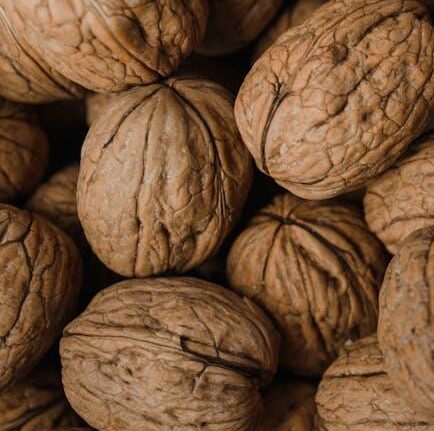
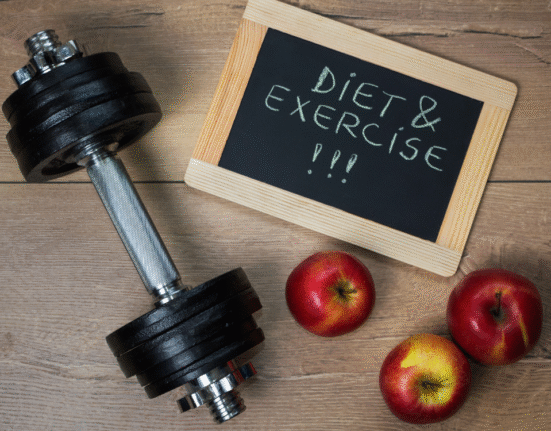
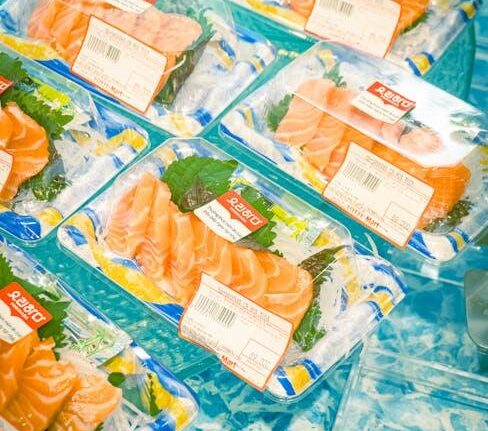
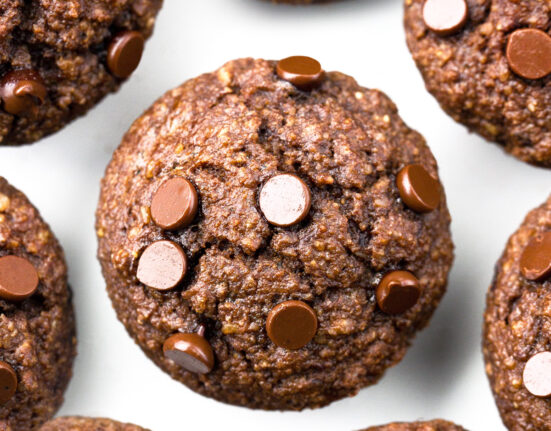
Leave feedback about this